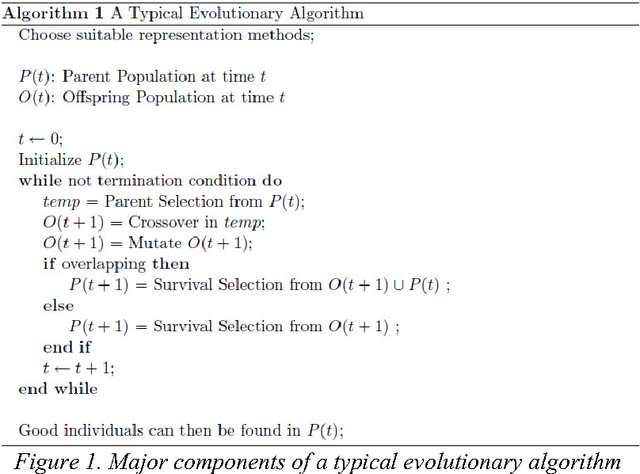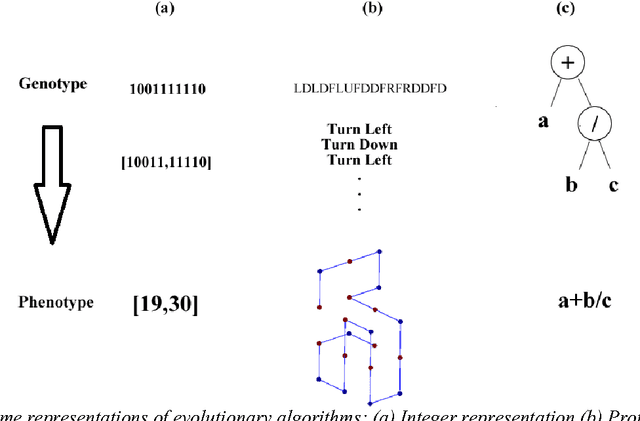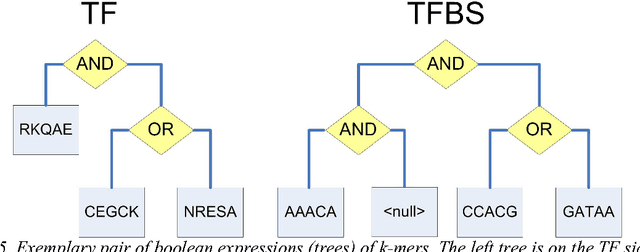Evolutionary Algorithms: Concepts, Designs, and Applications in Bioinformatics: Evolutionary Algorithms for Bioinformatics
Paper and Code
Aug 03, 2015



Since genetic algorithm was proposed by John Holland (Holland J. H., 1975) in the early 1970s, the study of evolutionary algorithm has emerged as a popular research field (Civicioglu & Besdok, 2013). Researchers from various scientific and engineering disciplines have been digging into this field, exploring the unique power of evolutionary algorithms (Hadka & Reed, 2013). Many applications have been successfully proposed in the past twenty years. For example, mechanical design (Lampinen & Zelinka, 1999), electromagnetic optimization (Rahmat-Samii & Michielssen, 1999), environmental protection (Bertini, Felice, Moretti, & Pizzuti, 2010), finance (Larkin & Ryan, 2010), musical orchestration (Esling, Carpentier, & Agon, 2010), pipe routing (Furuholmen, Glette, Hovin, & Torresen, 2010), and nuclear reactor core design (Sacco, Henderson, Rios-Coelho, Ali, & Pereira, 2009). In particular, its function optimization capability was highlighted (Goldberg & Richardson, 1987) because of its high adaptability to different function landscapes, to which we cannot apply traditional optimization techniques (Wong, Leung, & Wong, 2009). Here we review the applications of evolutionary algorithms in bioinformatics.
 Add to Chrome
Add to Chrome Add to Firefox
Add to Firefox Add to Edge
Add to Edge